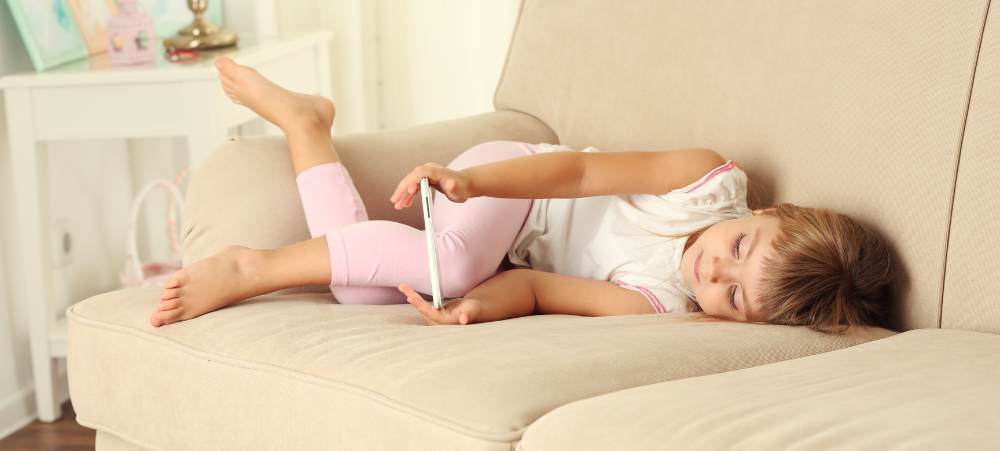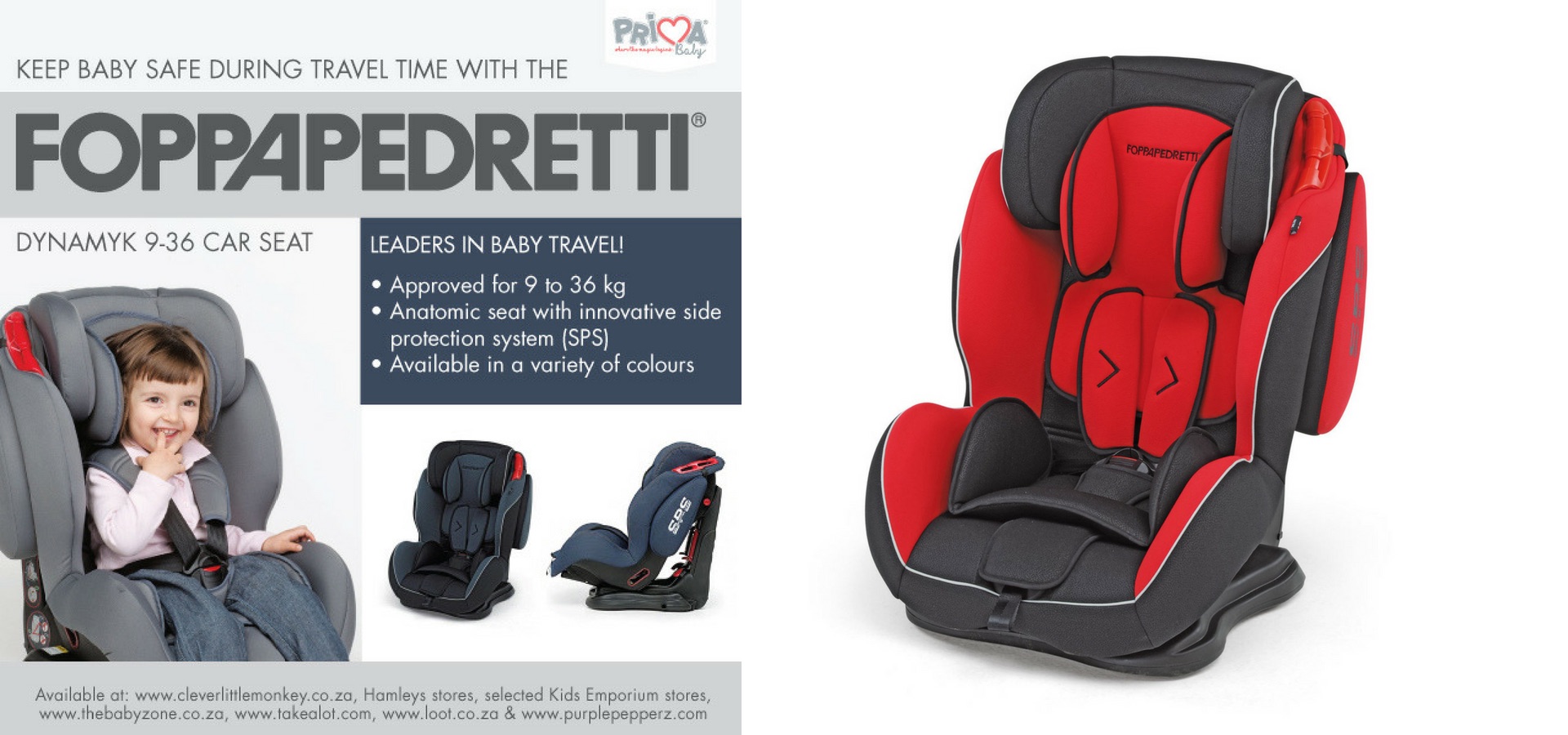By Caroline Miller Principal of Crawford Pre-Primary Lonehill To your toddler, the oddest things can suddenly become frightening. Some are easy to understand, while others can leave you wondering. The Gruffalo by Julia Donaldson and Axel Scheffler is a magical story that no childhood should be without. This journey of a mouse through a deep, dark wood captures the imagination. The little mouse shows that even a small animal can outwit predators and a fantastical creature in order to have some peace and quiet to enjoy a delicious snack. It is interesting to explore the fact that the Gruffalo (big, powerful and strong) is still able to be frightened and even frightened of a small thing and that is ok. Even big brothers or sisters, Mummies and Daddies can be frightened sometimes and sharing that fear or talking about it with someone can help – perhaps if the Gruffalo had a friend to walk with then they could have discussed the fear of the mouse and the end of the story might have been very different. Everyone, from the youngest child to the oldest adult, experiences anxieties and fears at one time or another. Feeling anxious in a particularly uncomfortable situation never feels very good. However, with kids, such feelings are not only normal, they’re also necessary. Dealing with anxieties can prepare young people to handle the unsettling experiences and challenging situations of life. Many anxieties and fears are normal. Anxiety is defined as “apprehension without apparent cause.” It usually occurs when there’s no immediate threat to a person’s safety or well-being, but the threat feels real. Anxiety makes someone want to escape the situation — fast. The heart beats quickly, the body might begin to perspire, and “butterflies” in the stomach soon follow. However, having fears or anxieties about certain things can also be helpful because it makes children behave in a safe way. For example, a child with a fear of fire would avoid playing with matches. The nature of anxieties and fears change as children grow and develop: Babies experience stranger anxiety, clinging to parents when confronted by people they don’t recognize. Toddlers around 10 to 18 months old experience separation anxiety, becoming emotionally distressed when one or both parents leave. Kids ages 4 through 6 have anxiety about things that aren’t based in reality, such as fears of monsters and ghosts. Signs of anxiety Typical childhood fears change with age. They include fear of strangers, heights, darkness, animals, blood, insects, and being left alone. Children often learn to fear a specific object or situation after having an unpleasant experience, such as a dog bite or an accident. Separation anxiety is common when young children are starting school, whereas adolescents may experience anxiety related to social acceptance and academic achievement. If anxious feelings persist, they can take a toll on a child’s sense of well-being. Apart from the usual signs of becoming clingy or nervous and tummy aches, parents can usually tell when their child is feeling excessively uneasy about something. Lending a sympathetic ear is always helpful, and sometimes just talking about the fear can help a child move beyond it. What is a phobia? When anxieties and fears persist, problems can arise. As much as a parent hopes the child will grow out of it, sometimes the opposite occurs, and the cause of the anxiety looms larger and becomes more prevalent. The anxiety becomes a phobia, or a fear that’s extreme, severe, and persistent. A phobia can be very difficult to tolerate, both for kids and those around them, especially if the anxiety-producing stimulus (whatever is causing the anxiety) is hard to avoid (e.g., thunderstorms). “Real” phobias are one of the top reasons kids are referred to mental health professionals. But the good news is that unless the phobia hinders the everyday ability to function, the child sometimes won’t need treatment by a professional because, in time, the phobia will be resolved. Helping your child Parents can help kids develop the skills and confidence to overcome fears so that they don’t evolve into phobic reactions. To help your child deal with fears and anxieties: Recognize that the fear is real. As trivial as a fear may seem, it feels real to your child and it’s causing him or her to feel anxious and afraid. Being able to talk about fears helps — words often take some of the power out of the negative feeling. If you talk about it, it can become less powerful. Never belittle the fear as a way of forcing your child to overcome it. Saying, “Don’t be ridiculous! There are no monsters in your closet!” may get your child to go to bed, but it won’t make the fear go away. Don’t cater to fears, though. If your child doesn’t like dogs, don’t cross the street deliberately to avoid one. This will just reinforce that dogs should be feared and avoided. Provide support and gentle care as you approach the feared object or situation with your child. Teach them how to rate fear. A child who can visualize the intensity of the fear on a scale of 1 to 10, with 10 being the strongest, may be able to “see” the fear as less intense than first imagined. Younger kids can think about how “full of fear” they are, with being full “up to my knees” as not so scared, “up to my stomach” as more frightened, and “up to my head” as truly petrified. Teach coping strategies. Try these easy-to-implement techniques. Using you as “home base,” your child can venture out toward the feared object, and then return to you for safety before venturing out again. Children also can learn some positive self-statements (such as “I can do this” and “I will be OK”) to say to themselves when feeling anxious. Relaxation techniques are helpful, including visualization (of floating on a cloud or lying on a beach, for example) and deep breathing (imagining that the lungs are balloons and letting them slowly deflate. So back



































